It is where Robert the Bruce was believed to have been inspired by the perseverance of a spider spinning its web.
Today its nature continues to enthral, thanks to teeming seabird colonies and a rich coastline where seals and eider ducks abound.
The place is Rathlin Island, which lies off County Antrim in Northern Ireland, and which I was privileged to visit recently following an invite from friends.
Birdlife on Rathlin Island
Rathlin is within touching distance of the Mull of Kintyre in Scotland, which lies only 11 miles distant, and the whole aura of the island is reminiscent of the Hebrides.
As I scanned the craggy cliffs on the west side of Rathlin, hordes of razorbills and guillemots huddled on their nesting ledges.
The famous ‘upside down lighthouse’ nestled nearby, where the beacon is situated at the bottom of the lighthouse rather than the top in order to cut through the dense, low fog that often surrounds the island.
Small groups of puffins lingered on a grassy slope at the bottom of the cliffs, their red legs glistening in the soft spring light, whilst fulmars wheeled in the air and rode the updrafts on stiffly held wings.
What else can be found on Rathlin Island?
Rathlin abounds with other wildlife, including corncrakes and Irish hares, which are like Scottish mountain hares but do not turn completely white in winter.
A wander along the shore from the ferry harbour brought close views of harbour seals resting on rocks, their bodies arched like bananas.
They do this because there is less blubber over the head and tail regions, so they raise these areas off cold wet rocks to keep them warm.
Wildflowers were abundant, including early purple orchids with their flower spikes bringing colour to the coastal grasslands.
According to the early Greek physician Dioscorides, this plant was used by married couples to determine the sex of their children.
If the husband ate a large tuber, a boy would be born; if the wife a small tuber, they would be blessed with a girl.
Trip to the mainland
The following day, we ventured to Strangford Lough on the mainland of Northern Ireland in County Down.
It is almost completely enclosed from the sea, connected only by a narrow channel which the tide rips through, delivering a life-enhancing cocktail of nutrients to its shallow confines.
This makes Strangford Lough an internationally important site for waterfowl, as well as wading birds such as godwits and knots.
Some 20,000 pale-bellied brent geese (around 80 – 90% of the world population) arrive here each autumn from their Canadian Arctic breeding grounds.
By a shallow, watery scrape close to the edge of the lough, I watched a pair of shelducks eagerly sieve the mud with their bills for small invertebrates.
The female had still to lay eggs and the drake was watching her like a hawk to make sure no interlopers would sneakily mate with her.
This was the most important time of the year for him – and he wasn’t going to let the precious mating opportunity slip from his grasp.
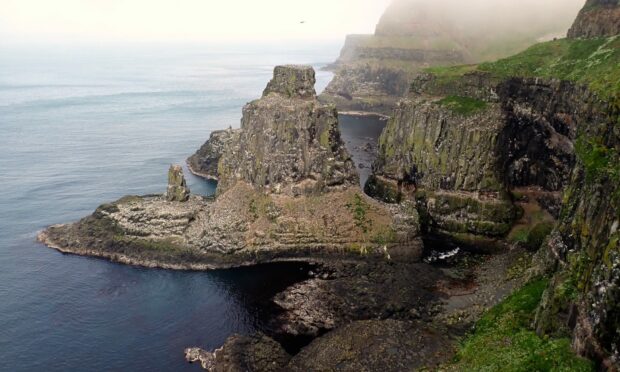
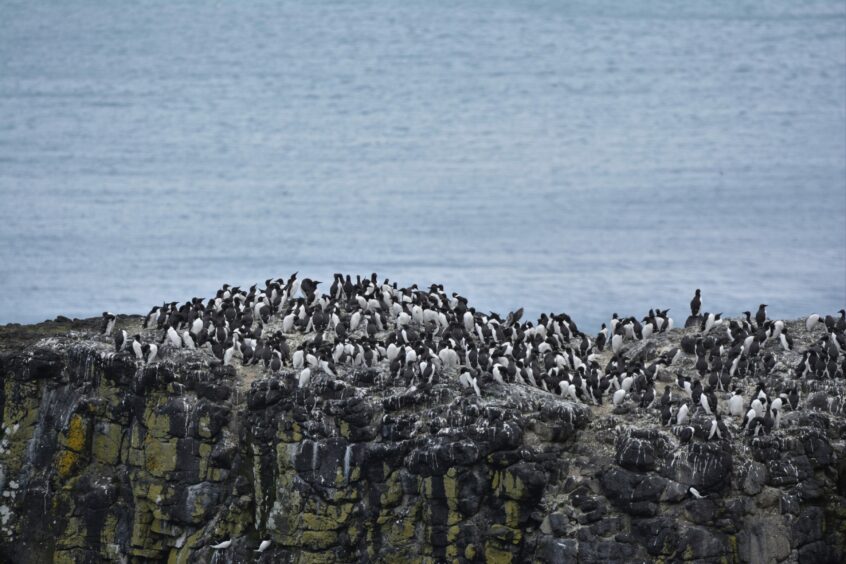
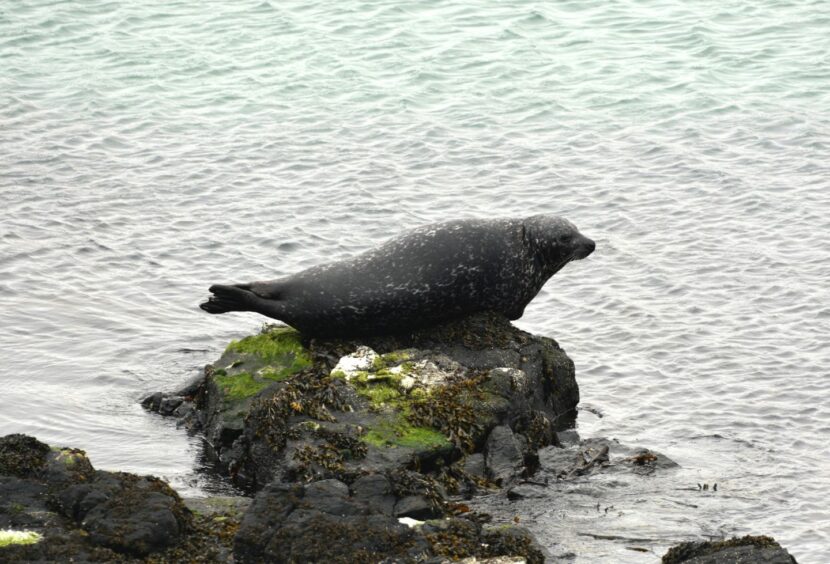
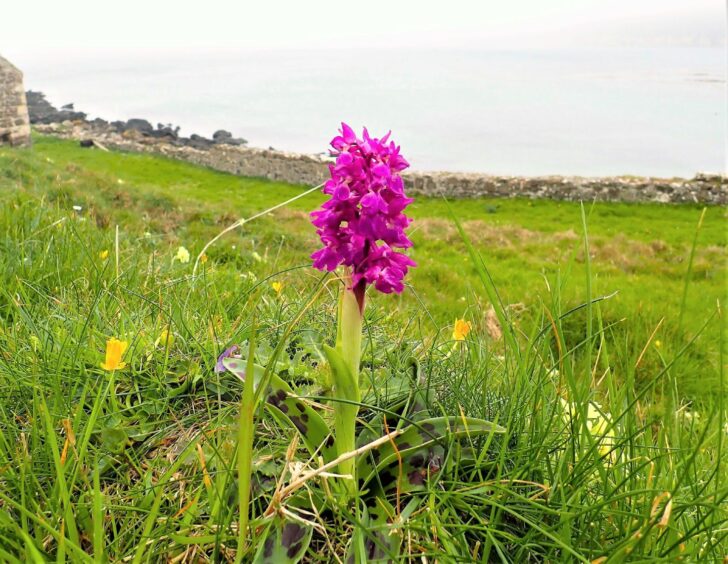
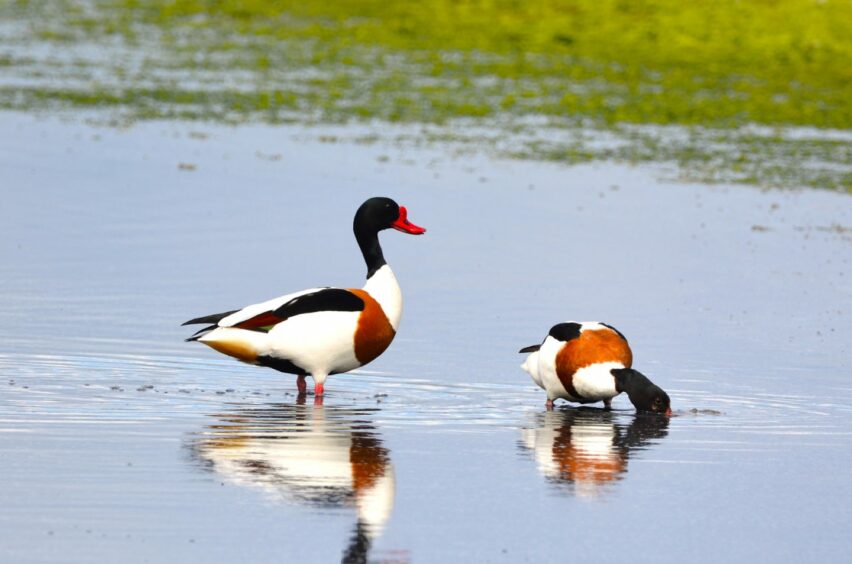
Conversation